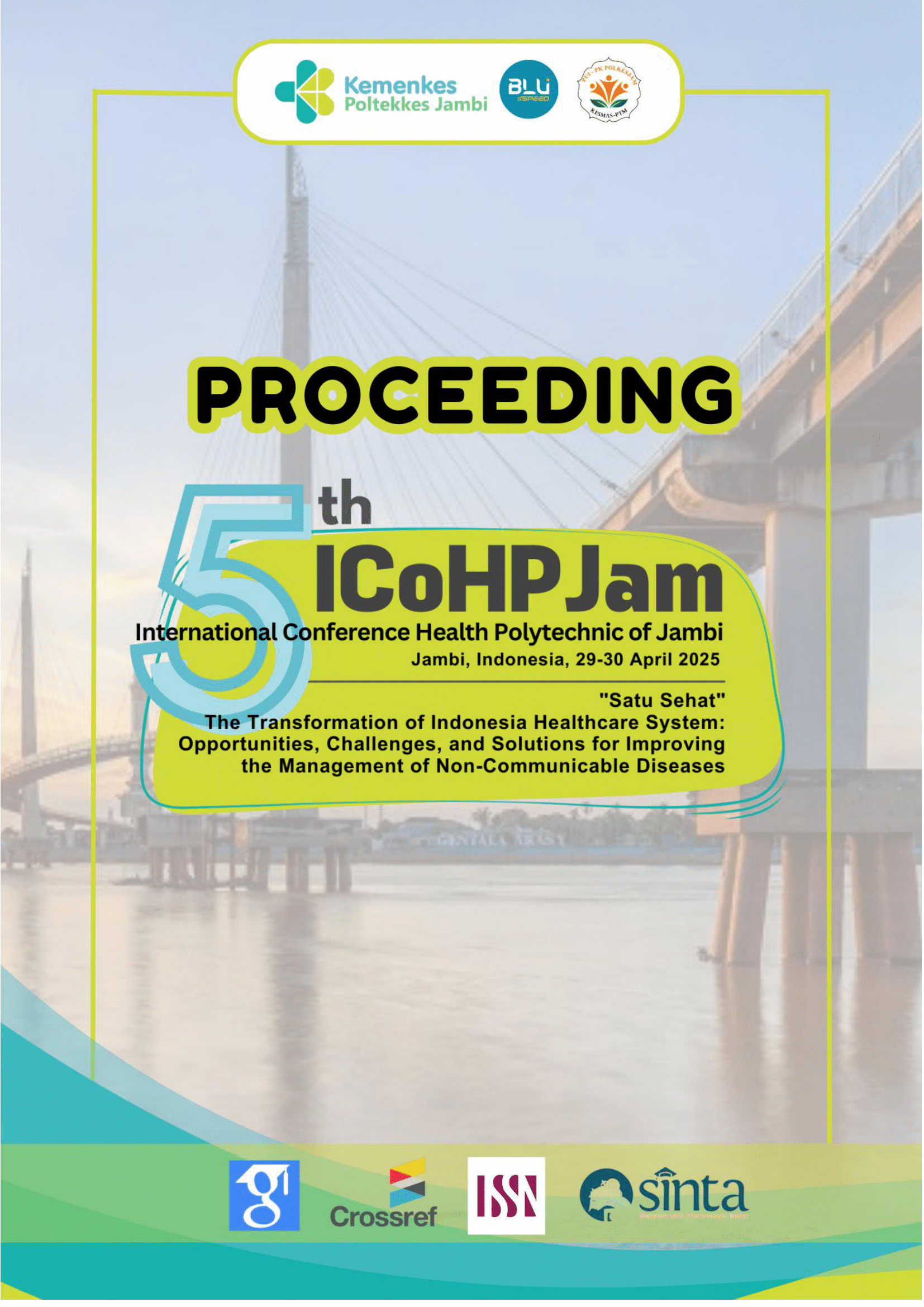Relationship Between Glycized Hemoglobin (HbA1c) And Serum Glutamic Oxaloacetic Transminase (SGOT) Enzyme Activity in Patients Type 2 Diabetes Mellitus
Abstract
Background: Diabetes Mellitus (DM) is a complex metabolic disorder marked by persistent hyperglycemia—an elevation of blood glucose levels that surpasses normal limits. One effective method to monitor the long-term glycemic control in individuals with DM is through the assessment of Glycated Hemoglobin (HbA1c). This study seeks to explore the intriguing relationship between HbA1c values and Serum Glutamic Oxaloacetic Transaminase (SGOT) enzyme activity in patients with type 2 DM. Notably, SGOT serves as a crucial marker for liver cell damage.
Method: This study conducted a cross-sectional exploration focused on a diverse population of patients with type 2 DM aged 18 and older, who met specific inclusion criteria. Data collection was carried out in 2024, with data analysis using the Pearson and Spearman correlation tests.
Result: The results reveal an average HbA1c value of 7.8% alongside an average SGOT enzyme activity of 19.9 U/L. Data analysis yielded a significance value of 0.626 (p > 0.05), indicating no meaningful relationship between HbA1c levels and SGOT enzyme activity in patients with type 2 diabetes mellitus. This intriguing finding suggests that an elevation in HbA1c levels does not automatically lead to heightened SGOT enzyme activity, implying that not all individuals with type 2 diabetes suffer from liver dysfunction.
Conclusion: This finding implies that an increase in HbA1c levels does not necessarily correspond to an increase in SGOT enzyme activity, meaning that not all patients with type 2 diabetes experience impaired liver function. Given these insights, it is crucial for patients with type 2 diabetes to monitor their blood glucose and HbA1c levels regularly.



